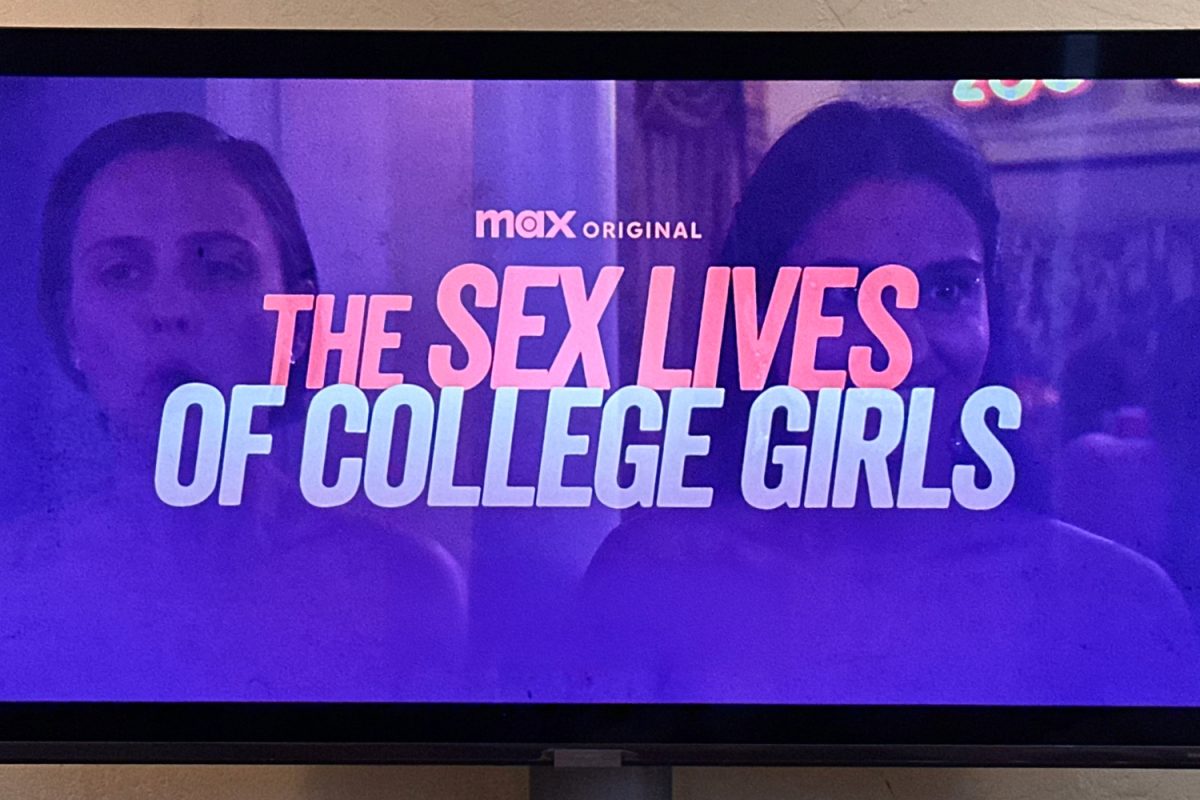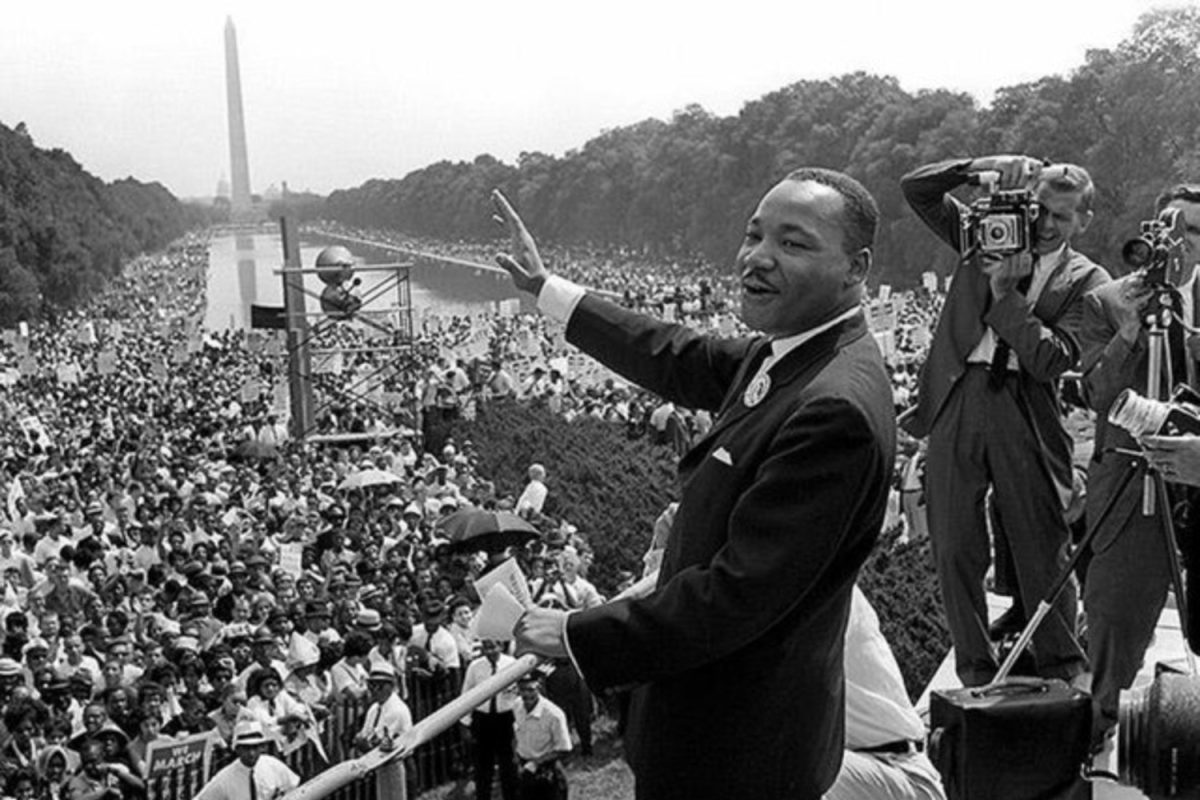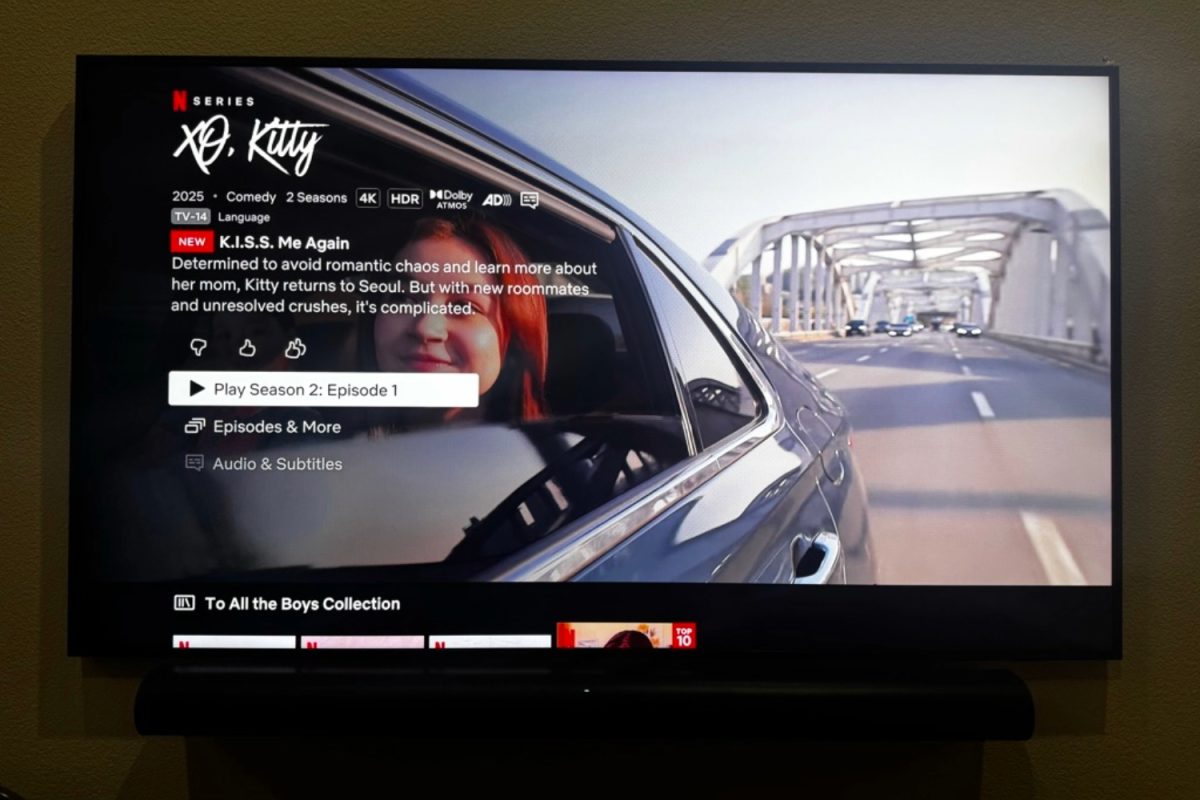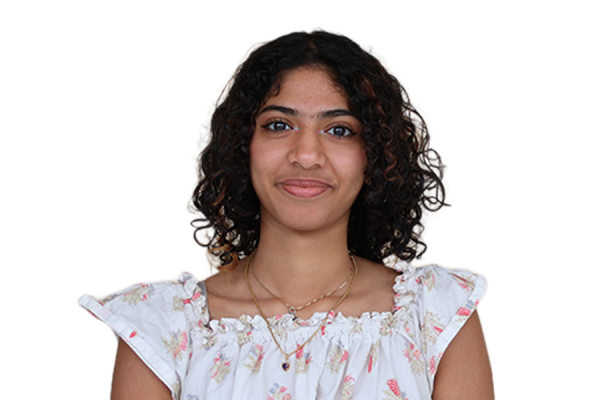For fans of feel-good comedies, the return of “The Sex Lives of College Girls” on Max was exciting. In the show, created by Mindy Kaling, four roommates at the fictional Essex College navigate their lives, including sex, academics, and friendship.
In the first two seasons, the girls are played by Amrit Kaur, Pauline Chalamet, Alyah Chanelle Scott, and Renee Rapp, whose respective characters are named Bela Malhotra, Kimberly Finkle, Whitney Chase, and Leighton Murray. In Season 3, Rapp was replaced by Gracie Lawrence, who plays Kacey Baker.
“It’s entertaining. I wouldn’t say it’s a spectacular, deep piece of media, but it’s a fun timepass,” said Cecilia Baranzini, a Carlmont senior who is up-to-date on the show.
The critic approval rating on Rotten Tomatoes for all seasons combined is 74%, and its user approval rating for all seasons is 80%, indicating general approval. However, the show’s third season, which premiered on Nov. 21, 2024, and ended on Jan. 23, 2025, hasn’t lived up to everyone’s expectations. The Season 3 critic approval rating shot down to 33%, and the user approval rating reduced to 71%.
“I think Season 3 is slightly worse because we lost Renee Rapp. She’s a really good actress,” said Anya Jiménez, a screenwriting major at the University of Southern California who has seen up until the first few episodes of Season 3.
Additionally, changes in the production style have distracted some viewers.
“A lot of the time, two people will be having a conversation, and the camera will film the person who isn’t talking. You see their random expression, and it doesn’t have any emotional importance. I think maybe it’s because they changed the lines, and now they’re using a voiceover. It always takes me out of the story,” Baranzini said.
However, there are still positive aspects to the new season for many viewers.
“It’s been pretty good, plot-wise. It’s been a bit more fun-heavy, but as the story is progressing, I think they’re adding depth to the characters, so it evens out,” Baranzini said.
This season, the show explores several deep topics such as mental health and finding balance as a student-athlete, body image, loss of virginity, taking initiative as a woman in a male-dominated space, different values in relationships, alcoholism, and nude photos.
Two plotlines that specifically appealed to some viewers are the inclusion of a character who is a virgin, having planned to wait until marriage, and how the main characters reacted to one of their roommates leaving for another college. With the character of Kacey entering the show with a very different perspective on sex than the other girls, the audience can learn about a wider range of experiences while still finding something to relate to — whether it’s Kacey’s interest in theater, body image struggles, or her close, yet complex relationship with her mom.
Jiménez noted that the show also handles its diverse characters well.
“The gay representation is pretty decent, while it can be overwrought and obnoxious in a lot of other shows,” Jiménez said.
However, this is not a universal view. Many list their issues with the show’s retreading of racial stereotypes that occur in much of Mindy Kaling’s work.
“The very obvious self-insert, the contribution to painting South Asian women as desperate white man chasers, the ‘loserification’ of all her South Asian women characters, and the fact that the love interests of the South Asian women she writes are downright horrible people. None of this has changed with her latest work,” said Nikita Kholay, a senior at the University of Southern California who has watched the first two seasons. “It’s very weird that all these girl’s lives revolve around male validation. The character of Bela is reduced to a mindless, status-seeking robot. And Whitney isn’t Indian, but her writing is also pretty bad.”
Kholay raised comparisons to other Kaling projects such as “The Mindy Project,” “Never Have I Ever,” and “Late Night,” in which Indian women, some of whom were played by Kaling herself, are similarly characterized. She also noted that the show does not reflect her own experiences as an Indian woman and a college girl.
Reflecting on viewers’ experiences is an important aspect of good television, according to Jiménez.
“The more room that there is for a story to connect with the audience, the better reception it’ll have,” Jiménez said.
Some also feel that “The Sex Lives of College Girls” isn’t relatable because it only depicts one sexual experience — at least aside from Kacey’s arc — where the girls have a lot of sex and, while their experiences may be awkward, they are never unfulfilling or dangerous, nor do they lead to much self-reflection.
For actual women in college, safety is a major concern, especially with sexual partners. Because the show does not realistically portray this, many are unable to truly sink into the viewing.
Additionally, several viewers take issue with the show’s politics.
“I get that Kaling has a lot of internalized racism, but women of color across the board are generally a little more cognizant about the politics of whoever they sleep with. She’s essentially saying that discrimination, harassment, and bullying from men, especially white men, is a non-issue and doesn’t need to be discussed,” Kholay said.
Jiménez also observed that the show tends to avoid overt politics but doesn’t feel that it necessarily detracts from the show.
“It’s a pretty vaguely liberal show. I remember Kimberly saying ‘Democrat girlboss’ kind of things. But I don’t watch anything expecting to find the same values that I hold, which are leftist. So I don’t always love the politics, but they don’t really bother me that much,” Jiménez said. “Truthfully, I usually just put this show on if I’m doing something else, like cooking, so I don’t really focus on it.”
In Season 3, politics are centered somewhat more, with the main characters frequently saying some variation of “I can’t believe that men are treated better in that way!” However, these realizations are unsatisfying, as they are very surface-level and don’t feel particularly new or productive.
Outside of these, many believe that there is little reference to politics, especially real-world issues affecting the girls, such as reproductive rights. Some also believe that the plotline with Whitney, who is Black, taking an African American Studies class, is handled clumsily and fades into the background after a few episodes. However, the show does somewhat better at engaging with the politics of nude photos.
Going forward, viewers have different visions for the show. Some, like Baranzini, think that it should continue as it is, while others believe that more depth could be added.
“Following a formula is part of what makes the show so successful, but it also makes it less interesting. I don’t feel that there’s as much room for me to love the characters,” Jiménez said.
Kholay expressed a similar opinion about the show.
“Messy characters are interesting, don’t get me wrong, but not when they’re written poorly, and they have no backstories or motivation for their messiness,” Kholay said.
For most, though, its lack of character depth and strong morals isn’t a dealbreaker. Many fans flock to “The Sex Lives of College Girls” for its pure entertainment value, which allows them to relax into it.
“I think that we’re trying to recreate a lot of earlier, golden age television like “Sex and the City.” It’s important to remember that so much of why we love television in the first place is just because it’s fun,” Jiménez said.












